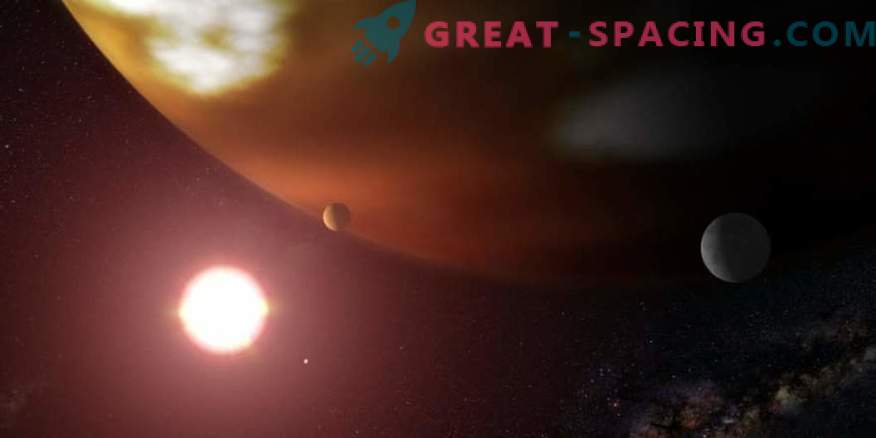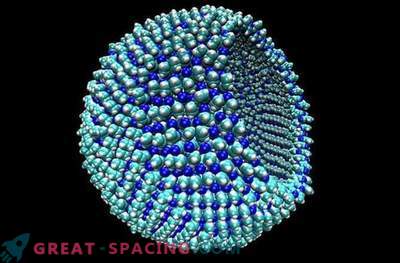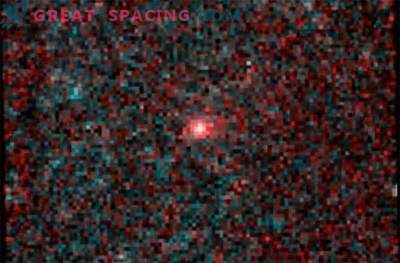
Scientists reported that in studying the atmospheric content of the ancient and modern Earth, they were able to identify specific chemical combinations that can detect biological activity in other worlds.
Over the past few years, researchers have found thousands of planets outside our system, some of which are rock type. They are at the correct distance from the star and can have liquid water. The study of their atmosphere will help to understand exactly where to look for life.
With the advent of powerful telescopes, scientists are trying to determine the chemicals necessary for life. As a result, even a planet with the right ingredients does not guarantee that there is life on it.
Scientists have focused on several potentially controlled molecules, like methane. It is created in huge amounts by terrestrial microbes, but also comes from non-biological sources (volcanoes).
Molecular oxygen is now formed by the process of photosynthesis of algae, plants and microbes. However, this mechanism is so complex that there is a suspicion that it evolved only once on our planet. It turns out, relying only on one substance, you can go on the wrong track. But what if there is a particular mixture of molecules that could appear solely in the presence of life? To understand this question, the researchers decided to analyze the earth's atmosphere in three stages of its existence: archaea (4-2.5 billion years ago), proterozoic (2.5 billion - 541 million years ago) and phanerose (541 million - to the present) ). At each of these moments, the Earth looked completely different.
When we say that we are looking for a planet similar to Earth, we mean not its modern appearance, but a broad term covering various worlds: foggy (Archean), ice-free and oxygen-free planets with microbial ecosystems.
Despite the differences in the periods, they all have the same characteristic - chemical imbalance in the atmosphere. The bottom line is that biological activity forms substances that otherwise do not have joint contact. For example, methane and oxygen. Together, they quickly react and destroy each other. But on Earth, these substances are many, because living organisms continue to produce them.
If you find a system with balance, then it is something dead. But an unusual imbalance hints at the existence of life. They started talking about this idea in the 1960s, but only now they decided to take it seriously. Recently, researchers conducted simulations using the chemical composition of each atmosphere to find typical disturbances. It turned out that at the time of the Archaean, when there was little oxygen, methane, nitrogen and carbon dioxide were present. Oxygen, nitrogen and liquid water are visible in the middle of the Proterozoic. Even if there was little atmospheric oxygen present, scientists concentrated on ozone. The fact is that the latter (consists of three oxygen atoms) is created by reactions using biologically produced oxygen (it is found even at low levels).
In the Phanerozoic, biosignals will be oxygen with nitrogen and water. Some chemical combinations can be fixed with future telescopes, like James Webb, which is scheduled to launch in 2019.























